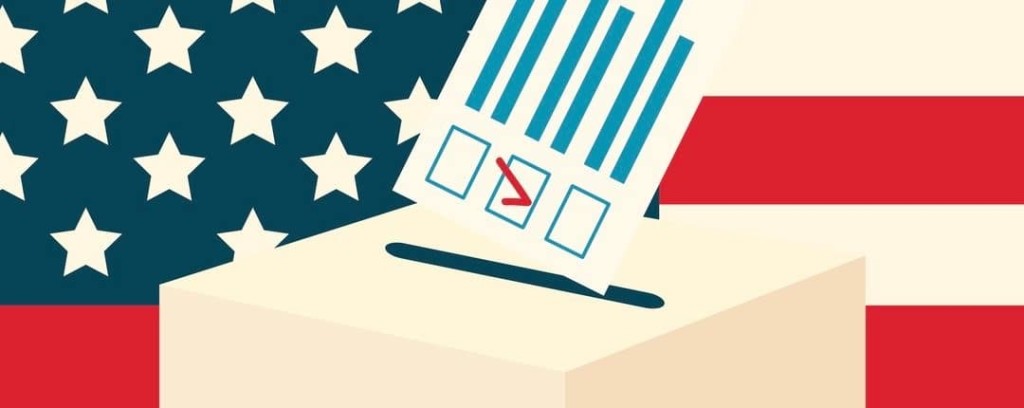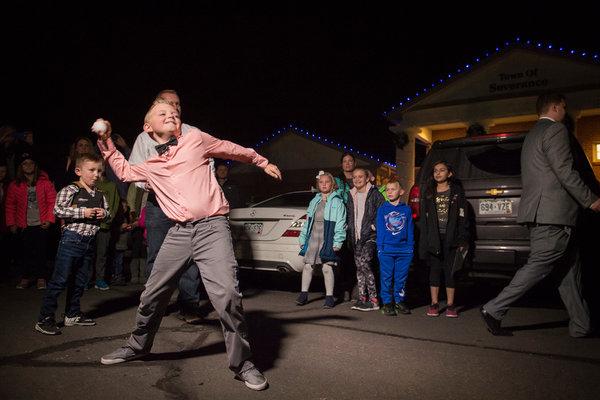
Many have asked about the outcome of the recent Florida elections and true to our state’s proud history (think Gore Versus Bush and the “hanging chads”) of elections there will be a recount of this past Tuesday’s general election for several of offices likely including Florida’s Governor and Agricultural Commissioner and the U.S. Senate race between Scott and Nelson. What this leads to is anyone’s guess but Florida being Florida we’d not have it any other way in the Great State of Denial (I mean Florida).
Given the level of interest, I am going to share an outline and update that Jake Farmer prepared and gave permission to share that describes in detail what will likely take place and when:
2018 Florida Recount Update
Today in Florida we are preparing for the first automatic statewide recount in our history. Below is a brief description of the process that will be followed, which was placed into law after the election in 2000. There are no more hanging chads, and the process to determine a voter’s intent is pretty straightforward and contained in Florida Statutes Chapter 102.166.
There are two basic phases for a statewide recount: an automatic recount by machine and, if needed, a manual recount on under and over votes for the specific races under 0.25 percent. We expect by the weekend we will see the US Senate, Governor, and Agriculture Commissioner all in machine recounts, with the Senate and Agriculture Commissioner race headed to manual. (As of now Gov. Scott still leads the Senate race over Sen. Bill Nelson, but Nikki Fried has passed Matt Caldwell in the Agriculture Commissioner race).
As for the statewide races; we expect to see Senate District 18 (Dana Young vs. Janet Cruz), House District 26 (Elizabeth Fetterhoff vs. Patrick Henry), and House District 89 (Mike Caruso vs. Jim Bonfiglio) in a recount.
The process is outlined in the attached memo from the division, but in short, unofficial returns are due to the state by Saturday at noon. After those ballots are counted, any federal, state or multicounty race that is separated by 0.5 percent or less will automatically be run through the optical scan machines again. Typically with machine recounts, very few changes are typically found, but then again, no one has ever seen this done statewide.
The machine recount is due by 3 p.m. on Thursday, November 15th. Any race that is separated by 0.25 percent or less will automatically undergo a manual recount, which must be wrapped up by Sunday, November 18th.
In the event of a manual recount, the only ballots that will be scrutinized are those where there were either too many or too few candidates selected for the specific race at stake (meaning under or no vote cast in the race and overvotes, meaning more than one decision was indicated or some other error).
The 67 canvassing boards will send their final vote totals for the manually recounted races to the state by November 18th at noon.
The state Elections Canvassing Commission, made up of the governor and two members of the Florida cabinet selected by the governor, will certify the results in a 9 a.m. meeting at the state Capitol on November 20th.

